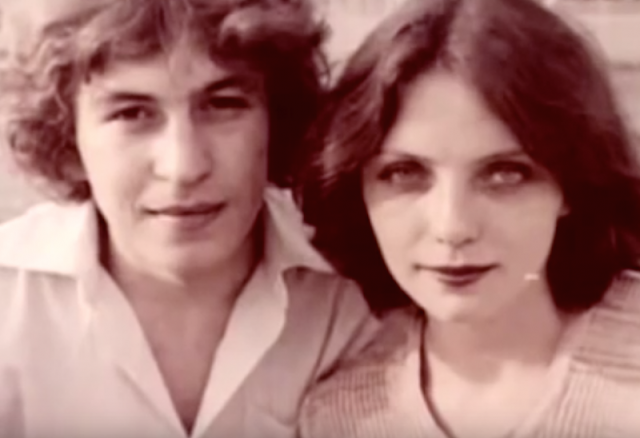The Aconitine Insurance Murder: Most sophisticated crime ever
1986 in Okinawa, Japan.
A 33 year old woman visiting a beautiful small island in Okinawa suddenly complained of acute chest pain. She was immediately taken to the hospital, but died, despite the strenuous efforts of the emergency doctors.
The doctors diagnosed her death as caused by a “myocardial infarction”, an unfortunate, sudden death. Note that there are more than 40,000 deaths caused by myocardial infarction in Japan alone. It is not uncommon, but one young doctor named Ohno felt something was suspicious about this death, and so he took 30cc of blood sample from the woman, just in case.
(Image taken from Wikipedia)
Things started to get a bit fishy when a middle-aged man called Kamiya, who claimed to be the woman’s husband, appeared at the insurance office. Surprisingly, the man applied to receive 2 million dollars for his wife’s death. His monthly insurance premium on her policy was $2000 a month, an amount that is improbably high for a regular businessman to be able to pay for a long period of time.
The police started to think something was wrong and began the investigation. Lots of suspicious information popped up. Kamiya and the woman were married one month after they first met. And Kamiya previously had two wives who also died in similarly suspicious manners. As a result of the two previous deaths, Kamiya had already received a substantial amount of insurance money.
Ohno also started his investigation. He tried to discover what kind of poison could lead to ventricular fibrillation, of which there are numerous kinds.
Caffeine, amphetamines, … and aconitine. Aconitine is found in natural flowers, is 10 times more lethal than potassium cyanide, and was once used by Cleopatra to kill her brother. It opens the sodium channel inside the body, which leads to the excitement of the muscles and organs, resulting in death.
Aconitine was the most suspicious poison. It was a gamble for Ohno. He only had 30cc of a blood sample. Experiment equipment was not advanced yet, and they weren’t able to measure the blood many times over. Fortunately for Ohno, he was able to find aconitine in her blood.
Despite aconitine being found in his apartment, Kamiya was still confident that he was innocent. The police and Ohno could still not solve one big mystery:
Time.
Aconitine is a poison that could kill you in minutes. The last time the woman had taken medicine was more than two hours before the attack. Aconitine would have killed her in several minutes. The police tried to prove that using a thicker capsule would delay the dissolution, but they discovered that thickening the capsule only delays the poisoning for a few minutes.
Time is on Kamiya’s side. How would you solve this mystery?
… The answer was yet another of the most dangerous poisons in nature: Tetrodotoxin, a deadly neurotoxin found in blowfish (or fugu in Japanese).
He exploited the conflicting mechanisms of the two poisons. Basically, aconitine is a poison that makes your Na+ channels of your muscles and neurons open, while tetrodotoxin inhibits the Na+ channel, preventing muscles from receiving messages from the neurons. The two poisons basically cancel out each others’ effect. However, the trick is that the two have different durations of their effects, resulting in the slower disappearing aconitine killing the victim after a much longer period of time than usual.
Ohno finally discovers the mechanism, and tetrodotoxine was found in the remaining blood sample. Kamiya was arrested and was sentenced to life imprisonment. Kamiya had been testing for hours to determine the perfect amount of poison that could result in the exact timing, using rats as test subjects.
What I think is frightening is that had he not committed three murders — and had he stopped after the second one — none of this would have been revealed.
Also what is saddening is that all of the passion and effort he devoted to find this modus operandi could have been used in a much more benevolent way.






Comments
Post a Comment